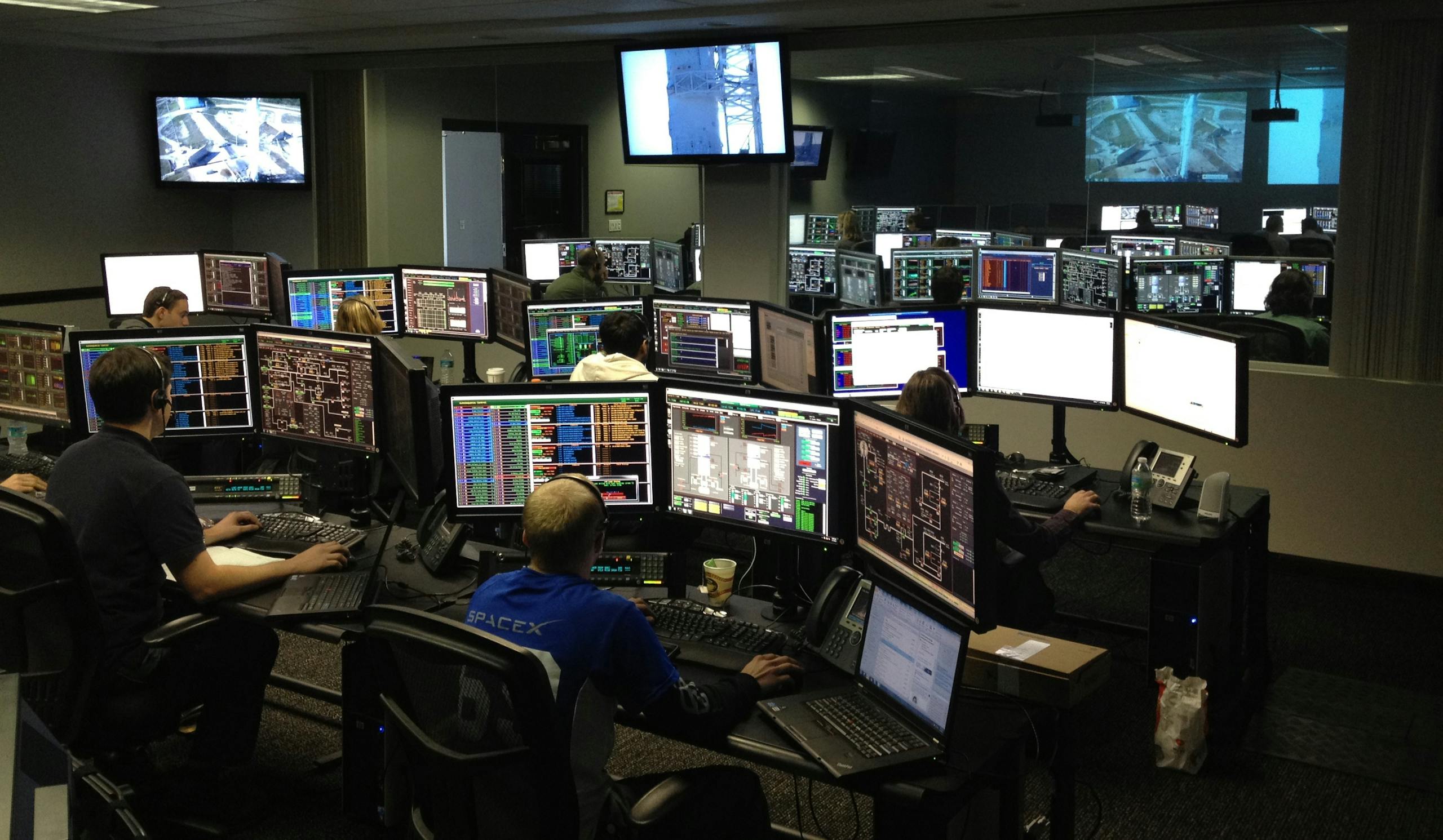Diplomatic architecture has always embodied the priorities of states, sovereignty, culture, and secure representation abroad. As global challenges evolve, embassies and consulates are adopting new strategies that blend architecture and innovation. Modern diplomatic architecture now integrates sustainable design, advanced security systems, and smart technologies to create buildings that are both resilient and symbolic. This transformation marks a shift toward adaptive, intelligent structures that reflect national identity while addressing contemporary risks.
Smart Security Systems in Diplomatic Buildings
Security in embassies today extends beyond physical barriers. The integration of digital design tools and smart systems ensures that diplomatic buildings remain protected yet welcoming. These systems include:
- Biometric Access Control: Facial and iris recognition for secure entry.
- AI-Powered Surveillance: Cameras capable of detecting unusual behavior in real-time.
- Cybersecurity Integration: Secure networks shield sensitive communications from digital threats.
- Automated Perimeter Systems: Motion sensors and drones ensure perimeter safety without visual intrusion.
- Resilient Infrastructure: Backup energy systems and disaster-resistant structures maintain operations under crisis.
Through the application of construction and project management strategies, these technologies can be seamlessly integrated without compromising architectural integrity.
The Role of Technology in Architectural Design
Diplomatic buildings of the future will treat technology as a design foundation rather than a separate layer. From interior design elements to façade systems, technology enhances both safety and aesthetics. Examples include:
- Smart Glass Facades: Regulate light and heat while adding protection.
- Encrypted Communication Spaces: Dedicated zones for secure diplomatic meetings.
- IoT Systems: Monitor air, energy, and water quality to ensure sustainability.
- Adaptive Interiors: Spaces that shift from formal events to high-security operations as needed.

Table 1: Examples of Technology in Diplomatic Architecture
| Technology | Application | Benefit |
|---|---|---|
| Biometric Systems | Access control | Prevents unauthorized entry |
| AI Surveillance | Monitoring crowds | Predictive threat detection |
| Smart Glass | Climate + privacy control | Energy efficiency and protection |
| IoT Sensors | Environment monitoring | Operational optimization |
Balancing Security and Transparency
Diplomatic architecture must balance openness and safety. Using modern architectural styles and materials, designers achieve transparency without vulnerability. Some key strategies include:
- Smart Glass Materials: Visually open but reinforced for impact resistance.
- Landscape as Defense: Natural terrain and water features provide subtle barriers.
- Invisible Security Layers: Concealed scanners and underground control rooms protect without intimidating visitors.
Cultural Messaging Through Technology
Technology in diplomatic architecture is also a form of cultural communication. Nations express innovation and values through their embassies’ design. This approach aligns with the philosophy of INJ Architects’ philosophy , integrating function, identity, and progress.
Case Studies of Smart Diplomatic Design
Recent embassies demonstrate how smart systems and sustainable materials redefine diplomacy through architecture:
- U.S. Embassy in London: Uses smart glass and open landscapes to combine security with transparency.
- Netherlands Embassy in Addis Ababa: Integrates renewable energy and water systems for operational resilience.
- Future German Missions: Experiment with digital twins for predictive maintenance and adaptive safety.

Table 2: Case Studies of Smart Diplomatic Architecture
| Embassy | Smart Feature | Key Focus |
|---|---|---|
| U.S. London | Smart glass, open landscape | Security and openness |
| Netherlands Addis Ababa | Smart energy & water systems | Resilience |
| Germany (planned) | Digital twin systems | Predictive safety |
Security Models: From Defense to Adaptability
Future diplomatic buildings emphasize adaptability, the ability to respond to digital, physical, and environmental challenges simultaneously. Architectural innovation plays a key role in ensuring protection and sustainability.
Table 3: Security Dimensions in Future Diplomatic Buildings
| Security Type | Tools & Systems | Purpose |
|---|---|---|
| Physical | Biometric access, blast-resistant cores | Protect personnel and assets |
| Cyber | Encrypted networks, secure data centers | Prevent espionage |
| Environmental | Renewable energy, water recycling | Ensure independence and resilience |
Conclusion
The future of diplomatic architecture lies in merging smart security, sustainability, and cultural integrity. By using innovative design processes and digital systems, embassies and consulates can become intelligent structures that reflect technological progress and national identity.
To explore more about modern architectural innovation, visit the INJ Architecture Blog and learn how architecture adapts to the needs of a connected world.
Summary
The future of diplomatic architecture focuses on smart security, sustainability, and technology to create adaptive and intelligent buildings that represent national identity while ensuring safety. Modern embassies now integrate biometric access, artificial intelligence, and cyber-secure systems that enhance protection without reducing openness. Technology shapes every design element, from smart glass façades to environmental monitoring networks, creating a balance between transparency and resilience. Through innovation and cultural awareness, diplomatic architecture is becoming a symbol of trust, progress, and collaboration, showing how intelligent design can redefine diplomacy in the contemporary world.
